How to Get Rid of Mealybugs: A Step-by-Step Guide to Eliminate These Pests from Your Plants
Table of Contents
Mealybugs are one of the most common and annoying pests that can infest your plants. They are tiny, white, and fuzzy insects that feed on the sap of your plants and cause them to wilt, yellow, or drop leaves. They can also secrete a sticky substance called honeydew, which attracts ants and fungi and makes your plants look dirty and unhealthy. Mealybugs can affect both indoor and outdoor plants, and they can spread quickly from one plant to another. In this blog post, I will explain what are mealybugs, how to identify them, and how to get rid of them effectively.
What are mealybugs?

Mealybugs are soft-bodied insects that belong to the order Hemiptera, which includes other sap-sucking bugs like aphids, scale insects, and whiteflies. They are usually white or gray in color, and they have a waxy or cottony coating that protects them from predators and environmental factors. They have piercing mouthparts that they use to suck the sap from the plant tissues, and they can also inject toxins or viruses that can harm the plant. Mealybugs can reproduce rapidly, and they can lay hundreds of eggs in a cottony sac that they attach to the plant. The eggs hatch into nymphs, which are smaller and more mobile than the adults, and they can crawl to other parts of the plant or to other plants. Mealybugs can have several generations in a year, and they can survive in a wide range of temperatures and humidity levels.
How to identify mealybugs?
Mealybugs are not easy to spot, as they are very small and can hide in the crevices or under the soil of the plant. However, there are some signs that can indicate a mealybug infestation, such as:
- White, fluffy masses on the stems, leaves, buds, or fruits of the plant. These are the adult mealybugs or their egg sacs, and they can look like cotton balls or powder.
- Sticky honeydew or black sooty mold on the plant surfaces. Honeydew is the sugary excretion of the mealybugs, and it can attract ants and other insects. Sooty mold is a fungus that grows on the honeydew, and it can reduce the photosynthesis and the aesthetic value of the plant.
- Stunted, distorted, or discolored growth of the plant. Mealybugs can cause the plant to lose its vigor, wilt, yellow, or drop leaves. They can also cause the buds or fruits to fall off or become deformed.
If you notice any of these symptoms, inspect your plant carefully for any signs of mealybugs. You may need a magnifying glass or a flashlight to see them better. You can also gently shake the plant over a white paper or cloth to see if any mealybugs fall off.
Plants more susceptible to mealybugs infestation

Mealybugs are a type of pest that can infest various plants and cause damage by sucking their sap and spreading diseases. They are small, white, and covered with a waxy substance that makes them look like cotton balls. They can be hard to get rid of, but not impossible. Some plants are more susceptible to mealybug infestations than others, depending on their characteristics and growing conditions. Here are some of the plants that mealybugs love and why:
- Citrus trees: Mealybugs are a common pest of citrus trees, such as oranges, lemons, limes, and grapefruits. They can cause damage to the leaves and fruits of these trees, and also transmit viruses that can affect their growth and quality. Citrus trees are susceptible to mealybugs because they have soft and juicy tissues that are easy for the pests to feed on.
- Houseplants: Many types of houseplants, especially tropical plants, are prone to mealybug infestations. Some examples are pothos, philodendron, orchids, African violets, begonias, and coleus. These plants are attractive to mealybugs because they have high nitrogen levels and soft growth, which are ideal for the pests’ nutrition and reproduction.
- Succulents: Mealybugs are also fond of succulent plants, such as cacti, aloe vera, jade, and echeveria. These plants have thick and fleshy stems or leaves that store water and nutrients, which are essential for the mealybugs’ survival. Succulents are vulnerable to mealybugs because they have cracks or crevices where the pests can hide and lay eggs.
- Ornamental plants: Mealybugs can also affect a variety of ornamental plants, such as hibiscus, fuchsia, and amaryllis. These plants have colorful and showy flowers or foliage that can attract the pests’ attention. Ornamental plants are susceptible to mealybugs because they are often overwatered or overfertilized, which can create excess moisture and nutrients that the pests can exploit .
- Grapes: Mealybugs are a serious threat to grape vines, both in the vineyard and in the greenhouse. They can cause significant damage to the leaves and fruits of the vines, and also spread viruses that can reduce the yield and quality of the grapes. Grapes are susceptible to mealybugs because they have thin skins and high sugar content, which are favorable for the pests’ feeding and development.
These are some of the plants that mealybugs love and why. If you have any of these plants in your garden or home, you should inspect them regularly for any signs of mealybugs, such as white, fluffy masses, sticky honeydew, or black sooty mold. If you detect any mealybugs, you should take action to get rid of them as soon as possible. I hope this information helps you protect your plants from these pests. 😊
How to get rid of mealybugs?
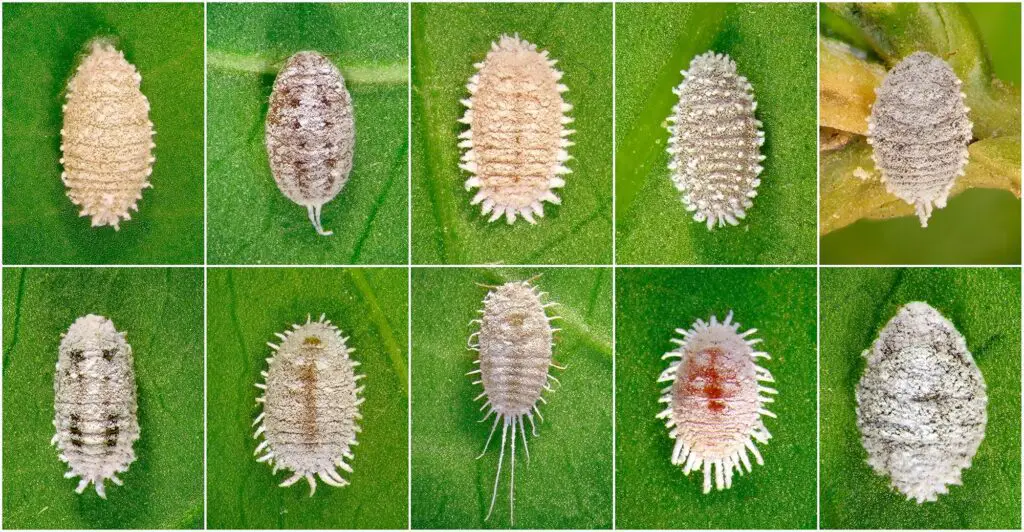
Mealybugs can be hard to get rid of, but not impossible. There are several methods that you can use to eliminate these pests from your plants, depending on the severity of the infestation and the type of plant. Some of the most common methods are:
- Alcohol: This is a simple and cheap method that can kill mealybugs on contact. You will need a cotton swab or ball and some 70% isopropyl alcohol, which you can find in most pharmacies or online. Dip the cotton in the alcohol and dab it on the mealybugs, making sure to cover them completely. The alcohol will dissolve their waxy coating and dehydrate them. However, be careful not to damage the plant with the alcohol, as some plants may be sensitive to it. Test a small area of the plant first to see how it reacts, and avoid applying alcohol on flowers or fruits. Repeat the treatment once a week until all the mealybugs are gone.
- Water: This is a natural and eco-friendly method that can wash off the mealybugs from the plant. You will need a hose or a spray bottle with a strong jet of water, which you can adjust to suit the size and type of your plant. Spray the water on the plant, focusing on the areas where the mealybugs are hiding. The water will dislodge the mealybugs and remove their honeydew and sooty mold. This method is best for light infestations and outdoor plants, as it can make indoor plants too wet and prone to fungal diseases. You may need to repeat the treatment several times to get rid of all the mealybugs.
- Neem oil: This is a natural and organic method that can prevent the mealybugs from reproducing and feeding on the plant. You will need some neem oil, which is extracted from the seeds of the neem tree, and some water. You can buy neem oil online or from garden centers. Mix the neem oil with water according to the manufacturer’s instructions and spray it on the plant, covering all the surfaces. Neem oil is a natural insecticide that disrupts the mealybugs’ life cycle and hormonal system, making them unable to lay eggs or feed. It also has antifungal and antibacterial properties that can protect the plant from diseases. Spray the plant once a week until the mealybugs are gone.
- Insecticidal soap: This is a safe and effective method that can suffocate the mealybugs and wash off their protective coating. You will need some mild soap, such as dish soap or castile soap, and some water. You can also buy ready-made insecticidal soap from garden centers or online. Mix the soap with water and spray it on the plant, making sure to wet the mealybugs thoroughly. The soap will coat the mealybugs and block their breathing pores, causing them to die. It will also remove their waxy coating and make them more vulnerable to other treatments. Spray the plant every few days until the mealybugs are gone.
- Predators: This is a natural and biological method that can reduce the mealybug population by introducing their natural enemies to your garden. You will need some beneficial insects, such as ladybugs, lacewings, or parasitic wasps, which you can buy online or from garden centers. Release the predators near the infested plants and let them do their work. These insects will feed on the mealybugs and their eggs, and also help control other pests in your garden. This method is best for outdoor plants and large infestations, as it can take some time for the predators to establish and balance the ecosystem.
- Garlic-vinegar-hot sauce spray: This spray is a potent combination of ingredients that deter and kill mealybugs. To make it, blend a bulb of garlic, a small onion, and 1 teaspoon of cayenne pepper in a blender. Add 1 quart of water and let it steep for an hour. Strain the mixture and add 1 tablespoon of liquid dish soap. Spray the solution on the affected plants, making sure to coat the mealybugs well.
These are some of the most effective ways to get rid of mealybugs from your plants. However, you should always monitor your plants for any signs of recurrence, and apply the treatment as soon as you notice any mealybugs.
Using Sticky Traps: Trapping and Monitoring Mealybugs for Effective Control

Sticky traps are a popular and effective tool for trapping and monitoring mealybugs, a common pest that can wreak havoc on your plants. These traps are designed to attract mealybugs with a sticky adhesive, trapping them and preventing them from further damaging your plants. Not only do sticky traps help to control the population of mealybugs, but they also provide valuable information about the severity of the infestation and the effectiveness of your control measures.
One of the key advantages of using sticky traps is their ease of use. Simply place the traps near your plants, making sure they are positioned at the appropriate height to attract mealybugs. The traps will do the rest of the work for you, capturing the pests as they crawl or fly onto the sticky surface. This makes sticky traps a convenient option for both professional growers and home gardeners alike.
However, it’s important to note that sticky traps are not a standalone solution for mealybug control. While they can help to reduce the population of these pests, they should be used in conjunction with other integrated pest management strategies for maximum effectiveness. Regular monitoring of the traps is crucial, as it allows you to assess the efficacy of your control methods and take additional action if necessary. By combining sticky traps with cultural practices, such as proper plant sanitation and regular inspection, as well as biological controls or targeted insecticides, you can develop a comprehensive approach to managing mealybugs and preventing future infestations. Stay tuned for the next section where we will discuss the different types of sticky traps available and how to use them effectively in your garden or hydroponic setup.
How to prevent and control mealybug infestations?
Mealybugs are not only annoying, but also harmful to your plants. They can reduce the growth, yield, and quality of your plants, and also transmit diseases and viruses. Therefore, it is important to prevent and control mealybug infestations as much as possible. Here are some tips on how to do that:
- Inspect your plants regularly. The best way to prevent mealybug infestations is to catch them early and treat them before they spread. Check your plants for any signs of mealybugs, such as white masses, honeydew, sooty mold, or stunted growth. If you find any, isolate the infested plants and apply the appropriate treatment as soon as possible.
- Quarantine new plants. Before you introduce new plants to your garden or home, make sure they are free of mealybugs or other pests. Inspect them carefully and reject any plants that show signs of infestation. You can also keep them in a separate area for a few weeks and monitor them for any problems before you move them to their final location.
- Maintain good plant hygiene. Keeping your plants healthy and clean can help them resist mealybug attacks and reduce the chances of infection. Water, fertilize, and prune your plants as needed, and remove any dead or diseased plant parts and dispose of them properly. You can also wipe off any honeydew or sooty mold from the plant surfaces with a damp cloth or a mild soap solution.
- Avoid overwatering or overfertilizing your plants. Excess moisture and nutrients can attract mealybugs and make them multiply faster. Water your plants only when the soil is dry to the touch, and use a balanced fertilizer that is suitable for your plant type and season. You can also use organic fertilizers, such as compost or manure, that can improve the soil quality and the plant health.
- Provide adequate air circulation and light. Mealybugs prefer humid and shady conditions, so providing good air circulation and light can discourage them from infesting your plants. Space your plants well and avoid overcrowding them. You can also use fans or vents to improve the air flow in your indoor or greenhouse plants. Make sure your plants get enough sunlight or artificial light, depending on their needs.
- Use natural or organic pesticides. If you need to use pesticides to control mealybug infestations, opt for natural or organic ones that are less harmful to the environment and the beneficial insects. You can use neem oil, insecticidal soap, or horticultural oil, which are effective against mealybugs and other soft-bodied pests. Follow the manufacturer’s instructions and apply the pesticides carefully, avoiding contact with your skin, eyes, or mouth. You can also wear gloves, goggles, and a mask for extra protection.
These are some of the ways to prevent and control mealybug infestations and protect your plants from these pests. Mealybugs can be a challenge to deal with, but with proper care and attention, you can keep them at bay and enjoy your plants. If you have any questions or comments, feel free to leave them below.
There are many options for commercial insecticides on amazon.com for mealybugs, depending on your preferences and needs. Here are some of the most popular ones, along with their features and ratings:
BioAdvanced 701100A: This is a 3-in-1 insecticide, disease and mite control product that protects plants from pests and diseases for up to 6 weeks. It can be used on roses, flowers, shrubs, trees, fruits, nuts, and vegetables. It has a 4.5 out of 5 stars rating from over 8,000 customers1.
Bonide BND611: This is a systemic insecticide that kills insects from the inside out. It can be applied as a soil drench or a foliar spray, and it provides long-lasting protection for up to 12 months. It can be used on ornamental trees, shrubs, and flowers. It has a 4.6 out of 5 stars rating from over 4,000 customers2.
Monterey LG 6274: This is an organic insecticide that contains spinosad, a naturally occurring substance derived from a soil bacterium. It can be used on vegetables, herbs, fruits, citrus, nuts, ornamentals, and lawns. It controls caterpillars, leafminers, thrips, borers, beetles, and more. It has a 4.5 out of 5 stars rating from over 25,000 customers3.
These are just some of the best insecticides for mealybugs that you can find on amazon.com. You can also check out other products, such as Bonide 951, Compare-N-Save 75333, and Earth’s Ally that have good reviews and ratings from customers. I hope this helps you find the right product for your plants
FAQs
How do sticky traps help in controlling mealybugs?
Sticky traps are an effective tool for trapping and monitoring mealybugs. The traps are coated with a sticky substance that attracts and captures the pests when they come into contact with it. By using sticky traps, you can monitor the population of mealybugs and take necessary control measures.
Where should I place sticky traps to catch mealybugs?
Place sticky traps near areas where mealybugs are commonly found, such as on the undersides of leaves or along the stems of plants. Mealybugs are often attracted to new growth, so placing traps near these areas can be particularly effective.
How frequently should I check the sticky traps for mealybugs?
It is recommended to check the sticky traps at least once a week. This will allow you to monitor the presence and population of mealybugs and take appropriate action if needed.
Can I reuse sticky traps?
Some sticky traps can be reused, while others are designed for single-use. Check the instructions provided with the specific sticky traps you are using to determine if they can be reused. If they can be reused, make sure to clean them thoroughly before reusing.
Are sticky traps harmful to beneficial insects?
While sticky traps can potentially catch beneficial insects, their impact on beneficial insect populations is generally minimal. However, it is advisable to regularly monitor the traps and remove any beneficial insects that are caught to minimize their impact.
Can I make my own sticky traps at home?
Yes, you can make your own sticky traps at home using materials like yellow cardboard or plastic coated with a sticky substance such as petroleum jelly or adhesive. Online tutorials and DIY guides are available for making homemade sticky traps.
How long should I keep the sticky traps in place?
It is recommended to keep the sticky traps in place until the mealybug infestation is under control. Regularly monitor the traps and remove them once the number of captured mealybugs significantly decreases.
Are sticky traps effective for large-scale mealybug infestations?
Sticky traps are more effective for monitoring and controlling smaller-scale mealybug infestations. For large-scale infestations, it is advisable to combine sticky traps with other control methods for better results.
Can sticky traps be used indoors?
Yes, sticky traps can be used indoors to control mealybugs. Place the traps near infested plants or areas where mealybugs are commonly found, such as windowsills or plant stands.
Do sticky traps work for all species of mealybugs?
Sticky traps can be effective for capturing various species of mealybugs. However, some species may be less attracted to sticky traps compared to others. It is recommended to consult with local gardening experts or extension services for specific information about the mealybug species in your area.
Can sticky traps be used as a sole control method for mealybugs?
While sticky traps can be helpful in monitoring and reducing mealybug populations, they are usually not sufficient as the sole control method. It is recommended to use sticky traps in combination with other control strategies such as spraying with insecticidal soap or introducing natural predators.
Are sticky traps safe to use around children and pets?
Sticky traps can be sticky and potentially pose a risk if touched directly. It is advisable to keep sticky traps out of reach of children and pets to avoid accidental contact.

Suyash Dhoot, editor at SouthElMonteHydroponics.com, is a pioneering force in hydroponics. His expertise spans nutrient solutions and cutting-edge technology. Through meticulous editing, he elevates the site to a beacon of knowledge, offering invaluable insights. Dhoot’s dedication shapes a greener, more efficient future for agriculture.


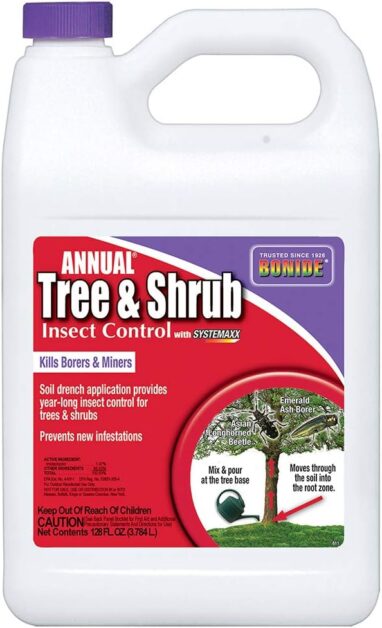
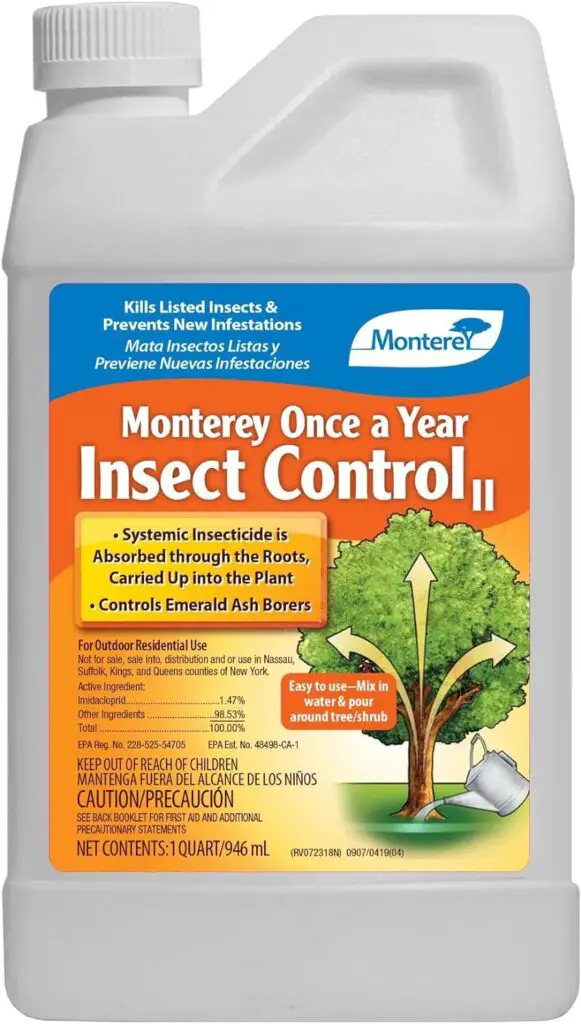


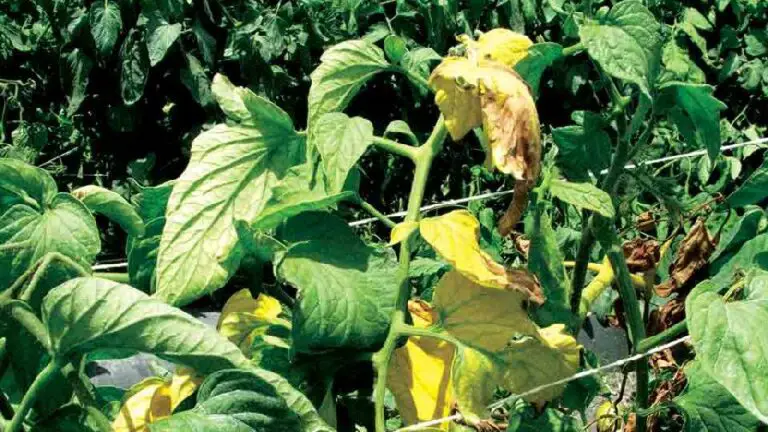

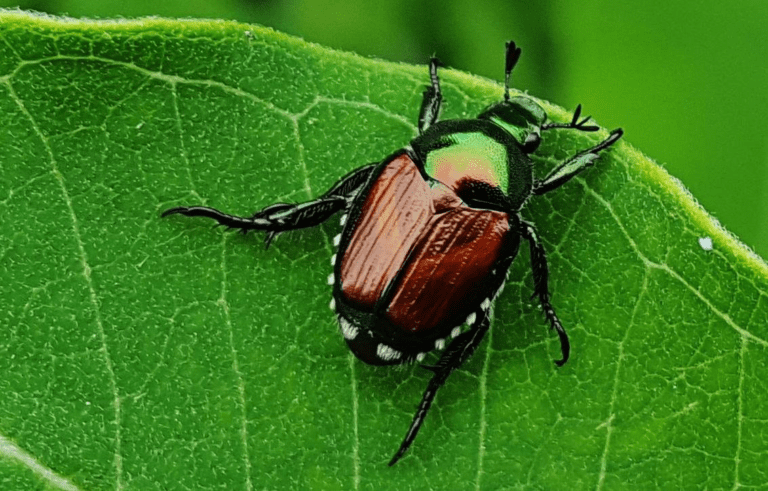
One Comment